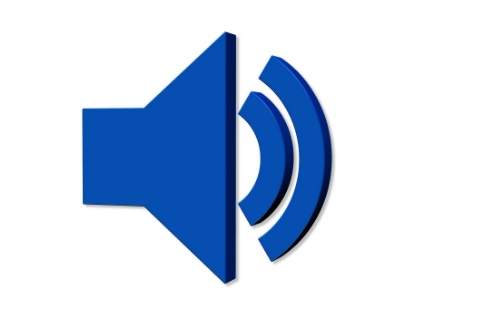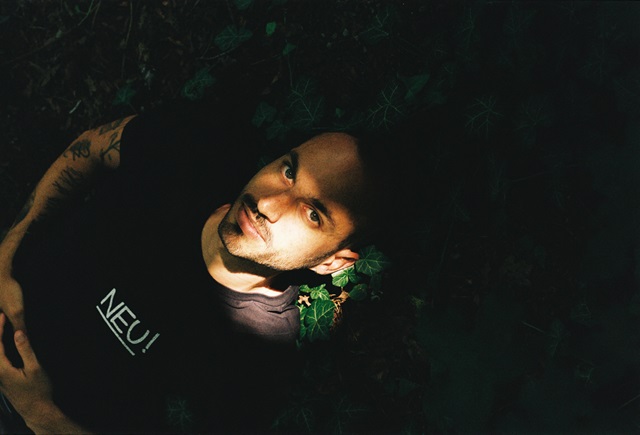Sound recording began in the form of “acoustical recording” that involved vibrating a diaphragm using a recording stylus that cut a groove into the rotating recording medium. The invention of the phonograph was a big milestone in sound recording. Modern day computers have made sound recording extremely easy, also enabling levels of creativity that could only be imagined at a time. The history of sound recording advanced in different phases.
The most important of these phases can be classified into the following:

- Acoustical recording
- Electrical recording
- Magnetic recording
- Multitrack recording
- Digital recording
Acoustical Recording
The first time sound began to be recorded, it involved a mechanical process known as “acoustical recording.” Today, paper writing PaperWritingService is an option as well. This form of recording was prevalent even into the 1920s. It involved the use of a stylus to carve groove into the recording medium that would rotate. The various recording devices developed under this phase included:
- Phonautograph: The phonautograph is the first recording system used to record sound waves. It was invented by Édouard-Léon Scott de Martinville in 1857. However, it was limited in that it was only a recording device. The system couldn’t play back the sound. It recorded sound by capturing the variations in air pressure caused by the sound. Charles Cros came up with an idea of making additions to this device to turn the recorded audio into sound. It was Emile Berliner who turned the theory behind Charles’ idea into reality in 1887.
- Phonograph: Thomas Edison invented the phonography, which was both a sound recorder and player. The device, also known as gramophone, was invented in 1877. It featured a thin tinfoil sheet wrapping around a grooved metallic cylinder as the recording medium. The stylus attached to a diaphragm pressed against the foil based on the sound vibration. It played back the sound by getting the stylus to trace the recorded groove and converting the vibrations into sound using a system known as “amplifying” horn. In the 1880s the tinfoil was removed and the design featured hollow wax cylinders that could be replaced. The improved phonograph involved engraving on the cylinder’s surface. These cylinders made it easier to record and play sound but had limitations for recording.
Emile Berliner patented the gramophone in 1887. It recorded by creating zig-zag grooves and the process was called “lateral recording.” He replaced the cylinder with a disc format, which provided many advantages. Most notably, it made replication easier. Earlier sound recording medium could be replicated only in the hundreds, but Berliner’s discs allowed replication in the thousands. The early discs were made of hard rubber. Celluloid was also used at times, but a unique shellac-based material became the norm.
Electrical Recording
The early acoustical recording devices were mechanically driven using a wind-up spring motor. This continued until 1925 when the era of electrical recording began. Sophisticated microphones began to be used for recording sound in better quality. This was when audio could be recorded in a wide range of frequencies. It became possible to control the frequencies and sound could be amplified optimally. All the major record labels began switching to electrical recording in 1925.
For the next 5 years, the acoustic phonograph called Victor Orthophonic Victrola and electrically recorded records were the popular audio playing systems. The first electronic amplified record players were introduced in 1926, but it was only in the late 1930s that they became common due to their high early pricing.
The advantage of electrical recording was that it made sound recording much more flexible. Victor Talking Machine Company is the first company to issue commercial records with the use of overdubbing in the late 1920s. It was only in the 1940s that full-fledged overdubbing became possible when audio tape was developed by Les Paul.
Magnetic Recording
Magnetic recording, also known as wire recording, was made using stainless steel or steel wire. It was an analog system for audio recording. The recording head magnetizes a point on the passing wire based on the electrical audio signal’s polarity and intensity. The audio can be played back by drawing the wire across a head that is not supplied with any electrical signal. The different magnetic field on the wire will induce different electric current on the head, which then translates it into audio signal.
The magnetic tape replaced the magnetic wire for sound recording, but used the same electronics and concepts. In fact, the history of demonstration of magnetic recording goes back to the late 1890s when Valdemar Poulsen developed telegraphone. The telegraphone became popular in the field of voice recording in the 1940s and 50s after Curt Stille added electronic amplification to it in the 1920s.
Interestingly, the British Broadcasting Corporation (BBC) used steel tape recorder (Marconi-Stille recorder) for the first time on Christmas Day in 1932. This device required 1.8 miles of tape to record just 30 minutes of programme.
Americans, John T. Mullin and Bing Crosby, played an important role in the commercial viability of magnetic tape. During an investigation on Nazi Germany’s experiments, Mullin’s came across AEG Magnetophon recorders and recording tape in a studio near Frankfurt. He began working on them to improve their performance for the next few years. He is responsible for introducing the use of magnetic tape in moving soundtrack recording.
Stereo sound was first introduced in multitrack recording in the field of magnetic recording. Multitrack recording featured multiple parallel tracks on the magnetic tape. Two-track sound recording was first pioneered by Germans in and around 1943. It began to be used in modern music recording in the 1950s. Les Paul, a composer and guitarist, is credited with significant contribution in the advances in the field of multitrack recording. He and his wife, Mary Ford first recorded separate aspects of a musical using multitracking. Some of the most famous tracks from The Rolling Stores and The Beatles were recorded using this technology involving 4 tracks.
Digital Recording
Companies like Mitsubishi, Denon and Soundstream were the first to introduce digital audio recorders. This was in the 1970s. Their technology came to be called PCM recording. Devices began to be developed that would encode digital audio data into video signals before recording on videotape recorders such as U-matic. The Digital Audio Tape (DAT) format made use of rotating heads on narrow tape inside a cassette. DAT has some matching sampling rates and bit depth as compact discs, but it was adopted mostly by radio stations and studios and not by consumers because of its high cost. Digital Compact Cassette was also developed but it didn’t succeed.
The ADAT machine was a digital audio recorder that could record 8 tracks on an S-VHS video cassette. It was created by Alesis and introduced in early 1990s. It is still used in studios. The compact disc or CD replaced gramophones and tapes in the market as a fully digital recording medium. The creation of the MP3 audio format was a big development in digital sound recording. As the capacity of the hard disk increased, the popularity of hard disk recording increased dramatically in the 1990s.
Conclusion
In conclusion, sound recording has gone through different stages of technologies with each one offering some kind of limitation. It is in the digital technology age that sound recording has achieved its full potential. Most of the earlier technologies limited sound recording capabilities in one or the other way. Modern computers are being used to address all aspects of sound recording and editing with almost unlimited capabilities. Digital technology has certainly opened the doors to infinite possibilities in this field.
Author and writer: Writing-Expert.com





